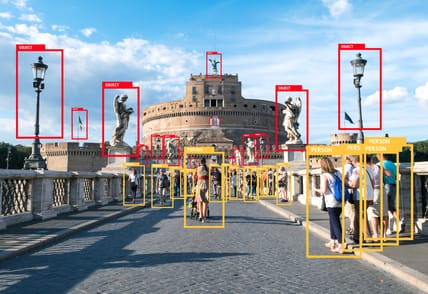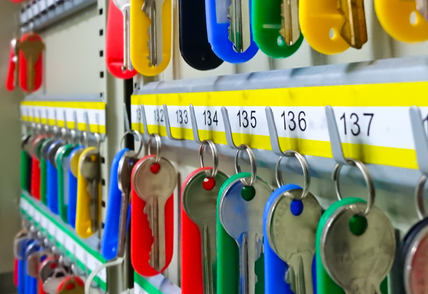Data Science
185 articles
AI and Data Science Insights
AltexSoft PickThe Good and Bad of Keras Deep Learning API
Data Profiling Process, Examples, and Techniques: A Practical Guide
Master Data Management Explained with Examples
The Good and Bad of NumPy Scientific Computing Python Library
What is Semi-Structured Data? Examples, Formats, and Characteristics
Data Warehouse Architecture: Layers, Components, and Schemas
Generative AI Models Explained
Machine Learning, Explained
Semi-Supervised Learning, Explained with Examples
What is Data Modeling? Types, Process, and Tools
Data Mining: The Process, Types, Techniques, Tools, and Best Practices
Data Engineering Concepts, Processes, and Tools
Language Models, Explained: How GPT and Other Models Work
Recommender Systems: Behind the Scenes of Machine Learning-Based Personalization
Snowflake, Redshift, BigQuery, and Others: Cloud Data Warehouse Tools Compared
Stay tuned to the latest industry updates.
By clicking subscribe you confirm, that you understand and agree to the Privacy Policy

May 03, 2024




















